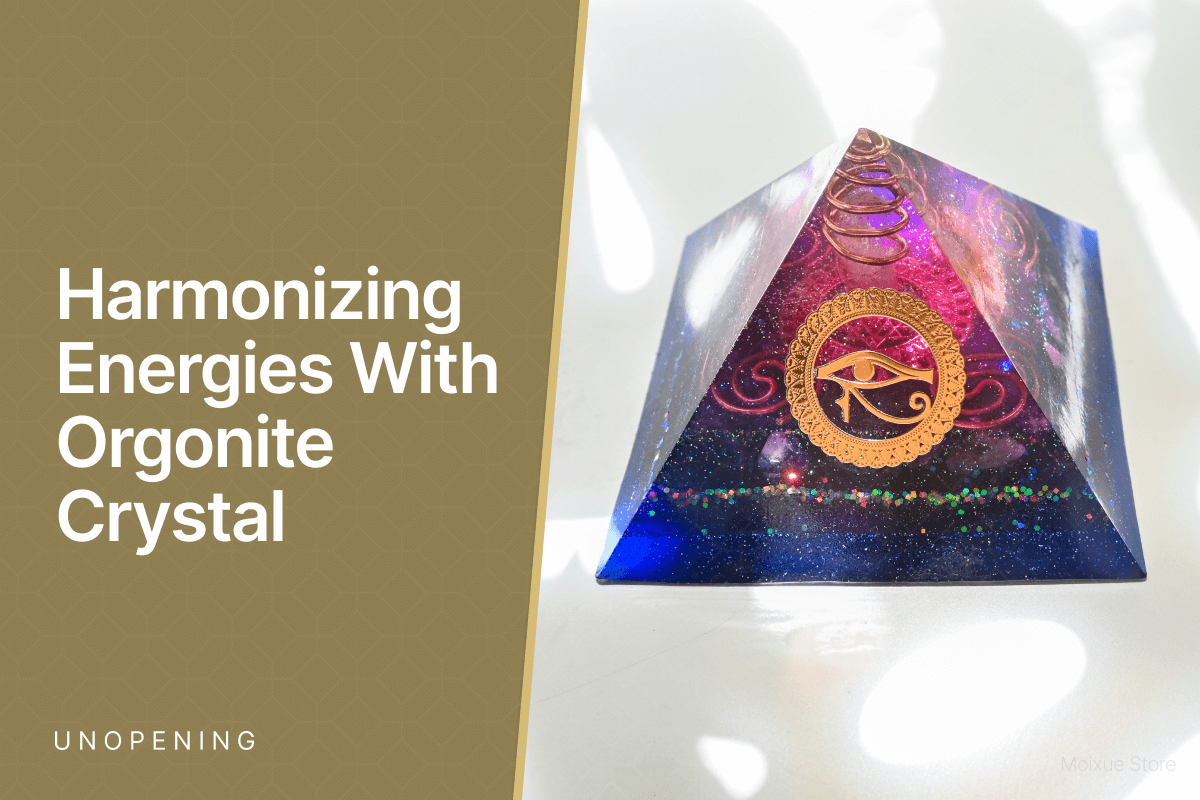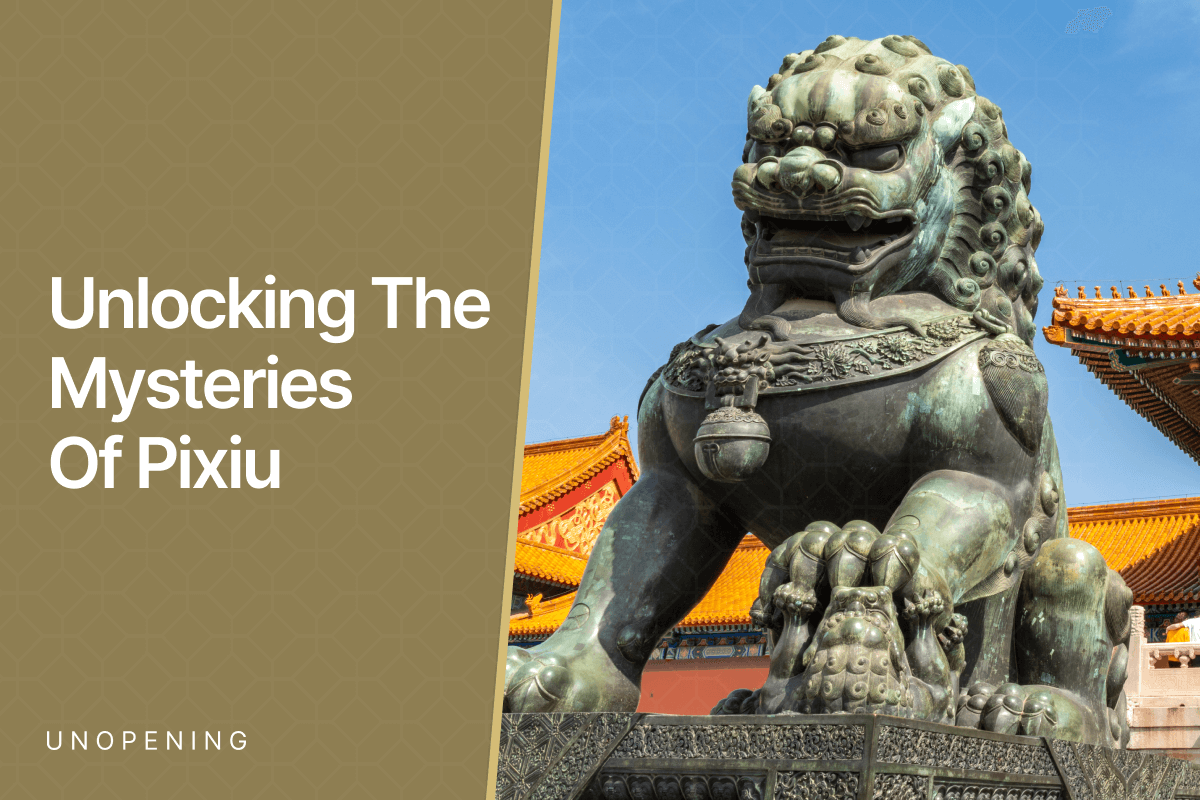In our fast-paced world, finding inner peace is a challenge many face. An ancient practice, deeply rooted in both yogic and Buddhist traditions, offers a powerful solution: Mala beads. Often referred to as Buddha beads, Buddhist mala beads, Buddhist prayer beads, Buddhist rosary, mala necklace, monk beads, or simply prayer beads, these spiritual tools have long been used to aid in meditation and prayer.
This article delves deep into the world of mala beads, explaining their significance, use, and rich history. Whether you’re newly introduced to these beads or already well-versed in their application, you’ll discover their transformative potential in your journey towards serenity and self-discovery. Ready to embark on this enlightening path?
Mala Beads Meaning

Mala beads, also known as Buddhist prayer beads, Buddhist rosaries, or simply Mala, hold significant spiritual and symbolic meanings. These meanings can vary depending on cultural and religious contexts, but generally, Mala beads are a tool used to support meditation and mindfulness practices. Here are some of the key meanings associated with Mala beads:
- Spiritual Connection: Mala beads are often seen as a means to connect with the divine, whether it’s a specific deity, the universe, or one’s inner self. They serve as a reminder of the spiritual journey and the quest for enlightenment.
- Meditation Aid: The primary purpose of Mala beads is to assist in meditation. Each bead represents a mantra, affirmation, or prayer, and the act of counting them helps practitioners maintain focus and achieve a meditative state.
- Mindfulness: Mala beads encourage mindfulness by grounding individuals in the present moment. They promote awareness of breath and concentration on the mantra or intention, fostering a sense of calmness and self-awareness.
- Symbolism: The number 108 is significant in various spiritual traditions and is often the number of beads on a traditional Mala. It’s believed to represent various aspects of the universe, including the 108 stages on the path to enlightenment in Buddhism.
- Protection: Some people view Mala beads as protective talismans, carrying positive energy and intentions. They may wear them as a symbol of spiritual protection and guidance.
- Personal Growth: Mala beads can also symbolize personal growth and transformation. As the beads are used over time, they may become imbued with the practitioner’s energy and progress on their spiritual journey.
- Cultural Significance: In addition to their spiritual meanings, Mala beads have cultural significance in various regions, such as Tibet, India, and Nepal. They are often crafted with traditional materials and techniques, reflecting the cultural heritage of these areas.
Types of Mala Beads
ala beads come in various types, each serving its unique purpose. They cater to different intentions and spiritual practices, allowing individuals to choose the one that resonates most with their journey. Whether it’s for meditation, prayer, or personal growth, there’s a mala necklace that aligns with your specific needs.
- Rudraksha Beads: Known for their healing properties, they help to attain peace of mind and control stress levels.
- Lotus Seed Beads: Used for achieving spiritual enlightenment and enhancing spirituality.
- Rosewood Beads: They are useful for getting rid of negative energy and have a calming effect on the mind.
- Sandalwood Beads: These beads emit a natural fragrance, which aids in tranquility and concentration during meditation.
- Crystal or Quartz Beads: These are known for their powerful energy that promotes clarity of mind.
- Amethyst Mala Beads: Popular for their calming and meditative effects, they enhance intuition and spiritual growth.
- Turquoise Mala Beads: The vibrant blue-green colour signifies protection, wisdom, balance, strength, friendship and love.
- Lava Stone Mala Beads: Formed from volcanic eruptions, they represent courage and resilience through transformational times.
Materials of Mala Beads
Unlocking the peace within you begins by understanding the variety of materials used to craft Mala beads.
- Natural Gemstones: These stones carry their own unique vibrations and energies. Some popular choices include amethyst for spiritual growth and tiger’s eye for grounding.
- Crystal Beads: These carry high energy, often recommended for meditation and healing practices.
- Pearls: Representing wisdom, pearls are often used in Mala beads, providing a touch of elegance.
- Wood Beads: Provide an earthy feel, popular types include Sandalwood and Rosewood.
- Seed Beads: Known as “Rudraksha,” these are traditional seeds used in making prayer Buddhist Mala beads.
The Significance of 108 Beads
Mala beads traditionally consist of 108 beads, a number that holds great spiritual significance in various cultures and practices.
Do Mala Beads Have to Be 108?
Traditionally, mala beads are set to be 108 because this number holds much significance in Buddhism and represents peace, harmony, and spiritual fulfilment. During meditation or chanting practices, the practitioner completes a full cycle of 108 repetitions counted on the mala.
This process allows them to focus on the sounds, vibrations, and meanings of the words or mantras being recited. Despite this cultural tradition deeply rooted in Hinduism and Buddhism, no strict rule mandates that mala beads always have to number to exactly 108.
Many malas come with fewer beads which is more practical for daily use while still serving their purpose for chants or meditative breathing techniques.
The Anatomy of a Mala
The anatomy of a mala consists of various components, including the guru bead and tassels, which add to its overall significance and beauty. Discovering their meanings will deepen your understanding of this spiritual tool.
Read more to unravel the mystery behind each element.
Guru Bead
The guru bead, often referred to as the Sumeru bead, holds a position of profound importance in a mala necklace. Not just an ornamental piece, it signifies the spiritual guide or teacher pivotal to one’s journey. This particular bead plays homage to that student-guru relationship which forms the heart of any spiritual study.
Adorned on buddhist mala beads, this central piece is sometimes labelled ‘goddess bead’. As each monk bead represents a mantra received from their respective guru, reaching this centerpiece symbolizes completion and reflection.
Tassels, Pendants, and Gemstones
Tassels, pendants and gemstones play a crucial role in enhancing the spiritual value and aesthetic appeal of a Mala. Each element holds its own unique symbolism. The vibrant tassel at the end of the mala is not just for show; it’s an embodiment of the lotus flower, signifying higher consciousness and enlightenment.
Tassels also take on another role as an extension of the string that binds all individual beads together in unity. Moving onto pendants, they add to personalization but are often selected for their spiritual resonance too.
Wired Mala vs. Knotted Mala
The construction of mala beads varies, with wired malas and knotted malas being the predominant styles. Their construction method can influence their longevity, feel, and the manner they’re used in meditation.
| Wired Mala | Knotted Mala | |
|---|---|---|
| Material | Primarily made with metallic wires | Created using various types of threads |
| Durability | More durable due to the strength of the wire | Durability depends on the strength of the thread used |
| Feel | Tend to be heavier and more rigid | Softer and more flexible, often providing a more tactile experience |
| Usage | Suitable for wearing as jewellery or for display | Ideal for meditation practices such as mala jaap |
| Aesthetics | Can be more decorative and ornate | More simple and traditional in appearance, often incorporating a tassel |
Choosing between a wired or knotted mala is a personal decision based on preferences for material feel, durability, aesthetics, and intended usage.
Choosing the Right Mala Beads

When choosing the right mala beads, trust your intuition and consider their personal significance for yourself or as a meaningful gift.
- Letting Intuition Guide You – Trusting your gut feeling becomes a powerful tool in selecting the right mala beads. You might be drawn towards certain colours, materials, or even specific types of beads. This innate connection often leads to an instinctive pull towards the set of mala beads that resonate on a deeper level, helping you unlock inner peace.
- Selecting for Personal Use – Choosing the perfect mala beads for personal use is a deeply personal and intuitive process. Each type of bead carries unique properties that align with our individual needs and intentions. To find the right prayer beads, it may be helpful to consider what you are seeking in your spiritual journey and what energies resonate with you the most.
- Choosing as a Gift – When selecting mala beads as a gift for someone else, there are three important factors to consider. First, think about the color of the mala beads, as different colors can have specific meanings and energies associated with them. Next, consider the origins and spiritual significance of the mala beads.
Keep these considerations in mind when choosing mala beads as a thoughtful gift for someone seeking inner peace.
Who Can And Cannot Wear Mala Beads
Wearing Mala beads is a personal choice, and generally, there are no strict rules about who can or cannot wear them. However, there are some considerations and guidelines to keep in mind. Here’s a table outlining who can and cannot wear Mala beads:
| Who Can Wear Mala Beads | Who Should Be Cautious or Considerate |
|---|---|
| – Anyone interested in meditation, mindfulness, or spiritual practices. | – Individuals who intend to use Mala beads with negative intentions or disrespectfully. |
| – People from various cultural and religious backgrounds who appreciate their significance. | – Those who are not comfortable with or do not resonate with the spiritual aspects of Mala beads. |
| – Practitioners of yoga, Buddhism, Hinduism, or other spiritual traditions that use Mala beads. | – Individuals who are not aware of or do not understand the cultural and spiritual significance of Mala beads. |
| – Those seeking personal growth, inner peace, and self-awareness. | – People who may be wearing Mala beads purely as a fashion accessory without considering their deeper meaning. |
| – Individuals who appreciate the aesthetic and craftsmanship of Mala bead jewelry. | – Those with allergies to certain materials used in Mala beads should choose hypoallergenic options. |
Ultimately, while Mala beads are accessible to a broad range of individuals, it’s important to approach them with respect and mindfulness, acknowledging their spiritual and cultural significance.
If you choose to wear Mala beads, consider your intentions and how they align with the deeper meanings associated with these sacred tools.
The Do’s and Dont’s in using Mala Beads

| Do’s | Don’ts |
|---|---|
| Set an intention for your practice. | Don’t use Mala beads without a clear purpose. |
| Cleanse and purify your Mala beads. | Avoid exposing your Mala beads to harsh chemicals. |
| Choose Mala beads with meaningful properties. | Don’t select Mala beads randomly or haphazardly. |
| Use a mantra or affirmation during meditation. | Don’t rush through your practice; take your time. |
| Handle Mala beads with care and respect. | Avoid wearing Mala beads in inappropriate settings. |
| Don’t use Mala beads for negative or harmful intentions. | |
| Avoid sharing your Mala beads without proper cleansing. |
The Spiritual and Aesthetic Uses of Mala Beads
Mala beads, also known as Buddha beads, Buddhist mala beads, Buddhist prayer beads, Buddhist rosary, mala necklace, or monk beads, have captured the attention of individuals seeking a deeper connection to their inner selves and a path to tranquility.
These sacred beads serve a dual purpose, catering to both spiritual and aesthetic needs. In the world of meditation, prayer, and personal style, mala beads stand as versatile tools, each strand resonating with unique significance and offering a gateway to unlock inner peace.
Spiritual Purpose:
- Used in meditation and prayer to connect with the divine.
- Fosters calmness and self-awareness.
- Helps focus the mind through repetitive counting of beads.
Aesthetic Purpose:
- Allows for personal style expression.
- Comes in various designs and materials.
- Includes natural gemstones and artisan-made pieces.
- Adds beauty to daily life.
Versatility:
- Serve both spiritual and aesthetic purposes.
- Versatile tools for unlocking inner peace.
The History of Mala Beads
The origins of mala beads can be traced back to ancient India, where they were used by various religious and spiritual traditions as a tool for meditation and prayer. Interested in delving deeper into the fascinating history of these sacred beads? Read on!
Origin
Mala beads have their origins in ancient India, dating back to around the 8th century BC. They were initially used as a meditation aid in both Hinduism and Buddhism. The significance of 108 beads in a mala can be traced back to the Mokugenji Sutra, where it is mentioned that there are 108 earthly desires that need to be overcome for enlightenment.
This number holds deep spiritual meaning and is considered sacred by many practitioners. Today, mala beads continue to symbolize inner peace and serve as powerful tools for mindfulness and spiritual growth.
Early Attestations
Mala beads have a rich history that dates back centuries. The tradition of using beads for spiritual and meditative purposes can be traced to ancient India, where they were used by both Hindus and Buddhists.
In Hinduism, mala beads are associated with the repetition of mantras during meditation, while in Buddhism, they are used for counting breaths or reciting prayers. Over time, the use of mala beads spread to other cultures and religions, becoming an integral part of practices like Jainism and Sikhism as well.
How Mala Beads are Used

Mala beads are intended to aid in meditation and spiritual practice, with each bead representing a mantra or intention. Discover the various ways to carry, store, and use these sacred beads for inner peace.
Carrying and Storing
To maintain the energy and connection to your intention, it is important to properly carry and store your mala beads. Here are some tips:
- When carrying your mala beads, keep them in a small bag or pouch to protect them from damage or getting tangled.
- Avoid placing your mala beads on the floor or other dirty surfaces. Instead, find a clean and sacred place to keep them.
- Store your mala beads in a special box or container when you’re not using them. This will help preserve their energy and prevent any accidental breakage.
- It’s also recommended to cleanse your mala beads regularly by exposing them to sunlight, moonlight, or using cleansing rituals such as smudging with sage.
Method of Use
Using mala beads during meditation is a simple and effective way to unlock inner peace. Here are the steps to use mala beads for your meditation practice:
- Find a quiet and comfortable space where you can sit in a relaxed position.
- Hold the mala beads in your right hand, allowing them to rest gently on your fingers.
- Begin by taking a few deep breaths to calm your mind and body.
- Set an intention or choose a mantra that resonates with you for this meditation.
- Start at the guru bead, which is the larger bead at the center of the mala.
- Using your thumb, move to the next bead as you recite your chosen mantra or affirmation silently or out loud.
- Continue moving from one bead to the next, repeating your mantra with each bead until you reach the guru bead again.
- If you wish to continue meditating, turn the mala around and start again, never crossing over the guru bead.
- Once you have completed your meditation session, take a moment to reflect on any insights or peaceful feelings that arose during your practice.
Key Takeaways
- Mala beads are a powerful tool for unlocking inner peace and serenity.
- They come in different types, each with its own significance and healing properties.
- The number 108 holds great spiritual significance in mala beads, but there is no strict rule that they must always have exactly 108 beads.
- The guru bead and tassels add to the overall significance and beauty of a mala necklace.
- There are two main construction styles: wired malas and knotted malas, each with their own benefits.
- Trusting your intuition is important when choosing the right mala beads for yourself or as a meaningful gift.
- Mala beads serve both spiritual and aesthetic purposes, enhancing one’s spiritual journey while adding beauty to everyday life.
- Mala beads have their origins in ancient India and have been used for centuries as a tool for meditation and prayer.
Conclusion
Discover the mystique of mala beads and unlock your inner peace today. Explore the significance of 108 beads, learn about the different types and materials, and choose the perfect mala for yourself or as a gift.
Dive into the rich history and spiritual uses of mala beads, and experience their transformative power in promoting peace of mind. Begin your journey towards serenity with mala beads – a powerful tool for unlocking inner peace.
FAQs
1. What are Mala beads?
Mala beads, often referred to as Buddha beads or Monk beads, are a type of Buddhist prayer beads used in meditation.
2. How do you use Mala Beads for meditation?
You hold the Buddhist rosary in your hand and move along each bead with your fingers as you repeat mantras or breathe deeply during meditation.
3. Can anyone use Mala Beads?
Yes! Anyone seeking to enhance their meditation practice or unlock inner peace can make use of these traditional Buddha beads.
4. Why do they call them ‘Monk Beads’?
They’re known as “Monk Beads” because historically, Buddhist monks have used them during their prayers and meditations.







